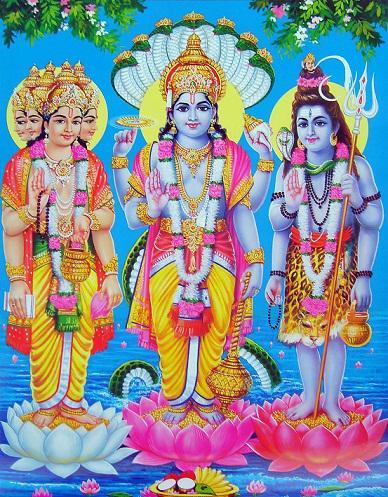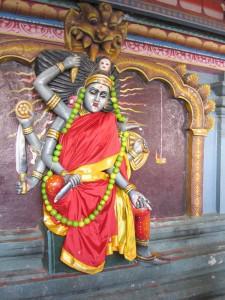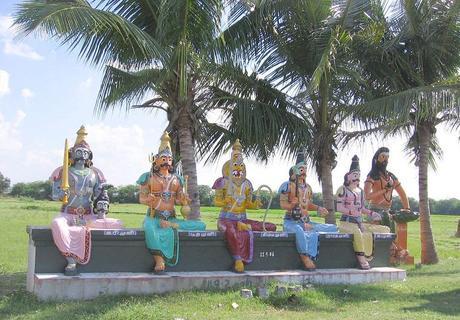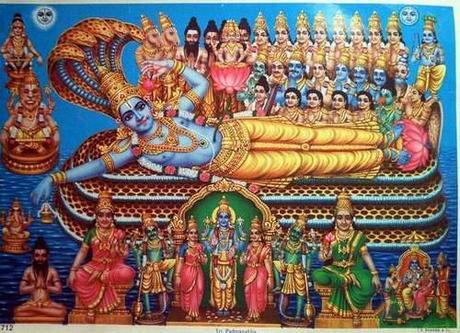What a treat! Today we’re Going-A-Musing with Vidya Sury from India! We’re going to learn some fascinating facts about Hindu temples! I’d like to thank Vidya and her young son Vidur for all their hard work in creating this quest post. And now without further ado here is part one of two posts!
When Sheila invited me to write a post here, I was delighted and started thinking about a suitable topic. Then she mentioned that she would enjoy one that was about temples, which is really one of my favorite topics. Interestingly, although I’ve always been fascinated by temple architecture and enjoy photographing temples, it is thanks to my son Vidur that I’ve visited so many beautiful ancient temples. He is deeply interested in them and plans to write a book.
As Hindus, we are very attached to our temples and myriad deities. Each one has a special significance depending on which religious sub-sect we belong to. Now, in our family we are not overly religious, but enjoy all the myths and legends associated with our deities and have healthy faith in our family traditions. We also celebrate festivals in a grand way!
Why temples are special
Temples are an ancient mode of reaching the Gods and seeking their blessings. Hindu temples are sacred places of magnificent architecture. They are sanctified by many sacred scriptures and texts that glorify them.
The main gods to whom these temples are dedicated are:
• Lord Vishnu, the preserver
• Lord Shiva, the destroyer
• Lord Ganesha and Lord Kartikeya – who are Shiva’s sons
• The mother goddess Shakti whose manifestations include Saraswati, Lakshmi, Parvati or Kali, the wives of the trinity
• Lord Brahma, the creator, third in the trinity is not widely worshipped.

Image credit: scriptures.ru (Image of Brahma Vishnu Shiva)
The vehicles of the gods and gods’ devotees also have their special place in temples, mostly in front of the gods’ sanctum or some, like Hanuman have temples dedicated to them.
Oh, the legends and stories associated with each temple are just amazing. These stories are depicted in pictures on the walls of the temple with inscriptions. Architects of ancient times have expressed their devotion and divine glory of the Gods through their excellent artisanship. Without advanced technology they were geniuses at architectural planning building many uniform and congruent phases, and statues of different forms to show their sculptural accomplishment. Statues personifying Gods, of different sizes and shapes, are a marvel to behold.

Every family has a family deity and a specific temple where they worship. They visit this temple to give thanks on special occasions like a birth in the family, after weddings and so on.
The protectors
In villages, temples are considered the holiest of places and Gods, the guardians of the village. Any crucial decisions are made with the Gods’ help. Massive statues of gods are common in villages and we believe that they were made larger than life-size to signify the greatness and superiority of the deity.

Village deities
From the ancient legends, Gods are believed to teach us moral values through their actions. For example, Lord Vishnu shows his control over water, fire, wind and earth through the 4 weapons in his 4 hands – lotus, disc, conch and mace. He reclines on the snake deity Adisesha and through him relinquishes his “Tamasic” or anger-related qualities. He rides Garuda, eagle deity and king of birds, conquering the greatest of the group. Through a lotus from his navel, he lets go of his “Rajasic” or ego-related qualities, giving birth to Lord Brahma in the lotus, his son and “the creator”.

Hindu god Vishnu Image credit indhistory.com
There are many important temples dedicated to the main gods mentioned above, but Lord Brahma has only one temple in Rajasthan.
Stay tuned as the final installment about temples is coming up on Thursday! The next post will be exciting with incredibly interesting random facts about Temples, words about faith, devotion, and meditation… as well as a little glimpse inside the daily life of Vidya.
Please do go visit Vidya’s Blog Going-A-Musing or her Facebook page.

